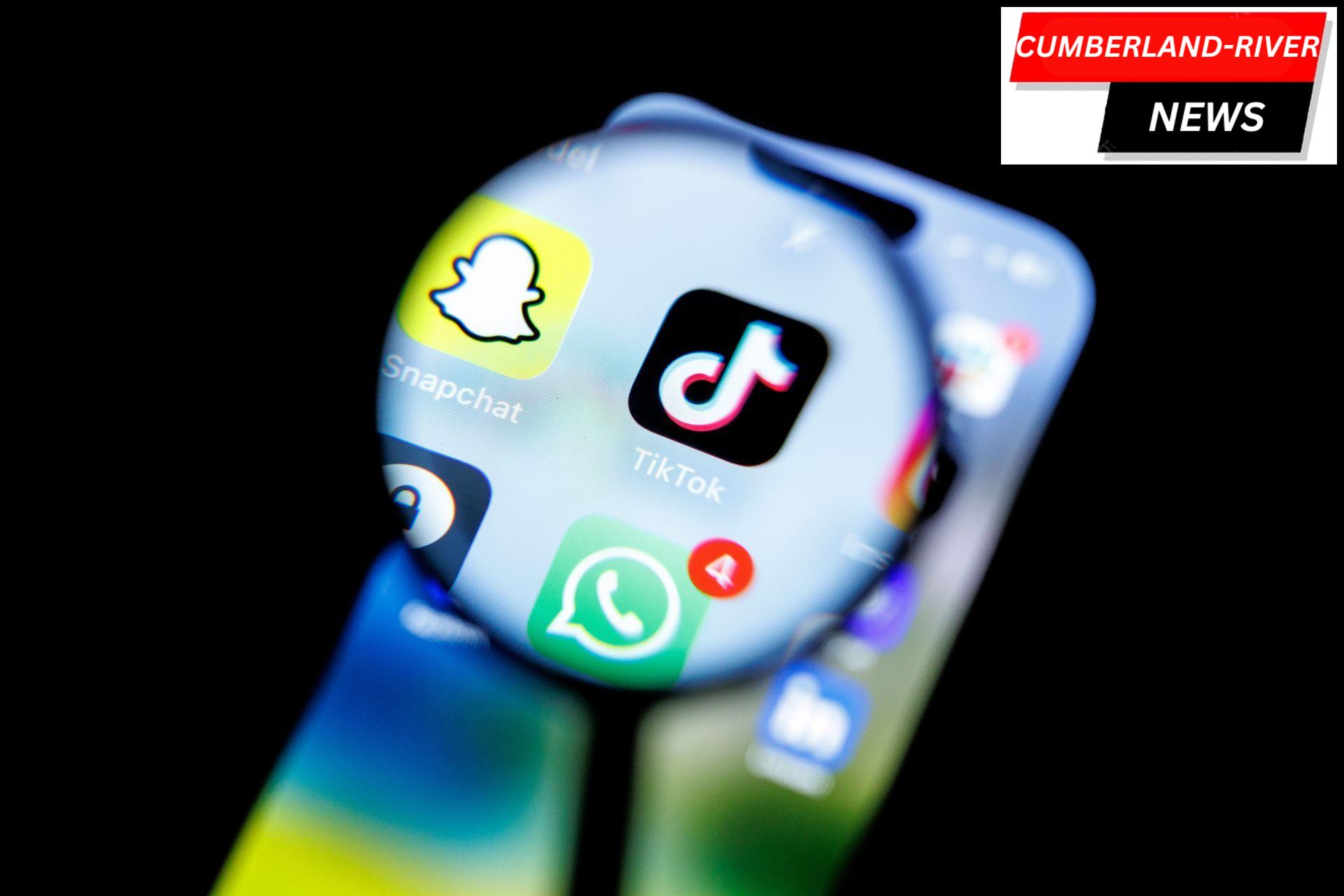Digital technology has put the world of entertainment at our fingertips. Whether looking to find the latest casino bonus on oddschecker, trying to hook up our first VR headset and controllers, or downloading a casual mobile game like Stardew Valley, the range of options available to users nowadays is staggering.
Each year, it seems there’s a brand new trend on the horizon. However, these rarely pan out as pundits expect. For example, holograms were slated to be the next big thing in the 1970s and 80s, but have still yet to come to fruition. Meanwhile, podcasts are one of the latest smash hits that few entertainment and investment groups saw coming.
Clearly, for an entertainment trend to take off, there must be equal interest from the public and an accessible technological medium for them to use. VR, for example, is only just now gaining traction because, for years, the hardware was too complex and expensive for the average consumer to afford or access.
Looking ahead, companies like NewZoo, eMarketer, and Deloitte are forecasting expansion in these areas.
Everyone Becomes a Video Gamer
According to Statista, there are 3.2 billion gamers worldwide. The rise of eSports has contributed greatly to the expansion of competitive leagues, teams, and players worldwide. However, one of the biggest pushes in gaming is by way of casual mobile titles.
A casual mobile title isn’t a competitive game, such as Garena Free Fire or Call of Duty: Mobile. Casual games refers to titles such as Candy Crush, and social games like Words With Friends. Here, the emphasis isn’t on besting the competition but simply passing the time in a relaxing and engaging way.
One reason that casual gaming has taken off is due to the rise in interest from older demographics. In particular, the Asia-Pacific market has the largest number of casual mobile gamers, which will only continue to expand over the next decade.
The Subscription-Streaming Model for All Things Entertainment
Gone are the days of downloading. In fact, the ‘subscription model’, which took off with OTT video streaming platforms like Netflix and Hulu, is now expanding into other entertainment sectors. For example, cloud gaming is expected to be one of the most influential trends worldwide.
Cloud gaming enables gamers to stream a title straight to their device, rather than purchase and download the game. This means gamers from various platforms can now access more titles. Outside of gaming, subscriptions are also revolutionizing how billions worldwide listen to music and podcasts.
Over the last five years, WiderFunnel reports that the subscription economy has grown more than 100% year-on-year. This model moves far beyond entertainment, too. For example, publications like The New York Times have survived into the digital age through a winning subscription package.
iGaming & Sports Betting Hit the General Public
Once upon a time, betting on sports and playing a game of craps used to be the domain of Las Vegas alone. Those who headed into brick-and-mortar casinos to wager on the Super Bowl or try their hand at the tables comprised only a fringe sector in the entertainment industry.
However, recent changes in policy have changed this. In 2018, the Supreme Court struck down a federal ban on sports betting in the US. Since then, interest in sports betting and casino gaming has risen dramatically. Part of this comes down to the law, as states clump online poker, online casino, and online sportsbooks into similar (but separate) categories.
That means that companies can band together to offer a one-stop-shop for all things iGaming. In other words, they can play online poker, access online casinos, and wager at their favorite sportsbook through a single brand and registration (in many states).
Era of the Mini-Video
Back in the early 2000s, few analysts could have predicted the meteoric rise of social media. Today, it represents one of the most ubiquitous sectors in entertainment. However, the modern social media landscape has focused on mini-videos. Though many people might think of TikTok or YouTube, Facebook Watch is actually competing with both platforms with its 1.25 billion monthly viewers.
However, Facebook’s hold on the rise of the mini-video-based social platform isn’t certain. Groups like eMarketer predict that TikTok will continue to expand. This prediction is based on Google searches for services and peripherals associated with TikTok, such as software video editors and ring-lamps.
Meanwhile, Instagram has recently changed its format. Now, IGTV lets users host videos on the platform. Additionally, their expanded Story features further highlight the platform’s shifting emphasis toward video.
AI Working Overtime Behind the Scenes
If there’s one standout element that drives modern entertainment, it’s personalization. Most successful platforms create specific and curated lists for their users, which are designed to drive interest back into their platform.
Spotify, for example, releases a year ‘Wrap Up’ that connects users to their favorite artists and songs. Meanwhile, Netflix’s ‘Recommended for You’ category regularly introduces viewers to new titles. But not many people consider the technology that drives these types of customized features.
In reality, AI continues to shape the consumer experience by powering many of the algorithms behind our favorite platforms—from Spotify to Netflix and TikTok. It’s also being used in more concrete senses. For example, AI is now used by Hollywood to help create light and sound effects for digitally altered images to make them appear more realistic.
A Distant Outlook: Blockchain & NFTs
When blockchain became a big topic in the 2010s, much of the focus was on cryptocurrency. In order for a decentralized currency to work, it would have to run on blockchain technology—but few predicted the rise of NFTs as a result of expanded blockchain platforms.
Looking ahead, the future of both blockchain and NFTs has come into question. First, the instability of crypto markets has led some to doubt the optimistic predictions for a blockchain-based internet. Meanwhile, environmental concerns have also popped up about the energetic demands of large-scale, powerful computing.
This uncertainty pertains largely to NFTs. Without blockchain and crypto, the NFT market will stall. Meanwhile, NFTs haven’t quite panned out in the entertainment world as once expected. Some marketplaces, such as CryptoKitties and the NBA’s Top Shot market, have outperformed predictions, raking in hundreds of millions. However, the promise that NFTs would deliver autonomy to indie creators has yet to come to fruition.




